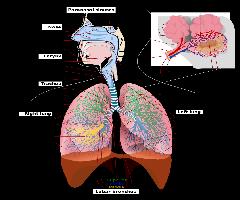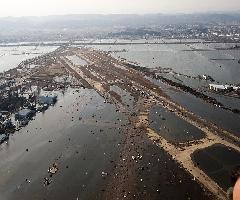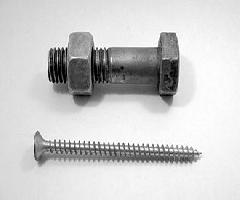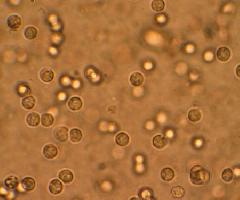Since ancient times, people have looked at the night sky and wondered about the universe. Space and all objects in it are called the universe. The Milky Way and all other galaxies are part of the universe. The earth and all of the planets are part of the universe too.
The early observers of the skies were the first astronomers. An astronomer is a scientist who collects, studies, and explains facts about the stars and other heavenly bodies. Astronomers use various telescopes to study stars and the other members of the solar system.
Astronomers suggest that there may be as many as
100 billion major galaxies. A galaxy is a huge collection of stars. Like all other objects in space, each and every galaxy continuously moves. The galaxy we live in is called the Milky Way galaxy. The sun, the earth, and the other seven planets are part of the Milky Way galaxy. They make up our Solar System. The solar system also includes all of the objects that travel around the sun.Astronomers believe that the solar system began as a huge cloud of dust and gas a nebula. The nebular theory states that the nebula condensed to form the sun and its eight planets.
Gases and other kinds of matter surrounding the newly formed sun continued to spin around the sun. as they did, some of the gases and matter began to clump together. Small clumps became larger and larger in their early stages.
The inner protoplanets became Mercury, Venus, Earth, and Mars. Their lightweight gases boiled away due to their nearness to the sun. The outer protoplanets farter from the sun did not boil away. These outer planets kept their lightweight gases and grew to enormous sizes. Today these are the giant planets Jupiter, Saturn, Uranus, and Neptune.
These planets
then started to cool forming smaller clumps of matter around them. Those clumps became moons or satellites.Notice that all the eight planets revolve around the sun. they also rotate on their axis. The path of a planet around the sun is called its orbit. Today astronomers know that planets follow an elliptical orbit. It is shaped more like an oval than a circle.
The planets nearest the sun travel the shortest distance. They complete one orbit around the sun in the shortest amount of time. The more distant planets travel a larger distance. So they take a longer time to complete an orbit around the sun.
Just like the earth, the time it takes for a planet to revolve around the sun is its period of revolution. A planet’s period of revolution is called a year of that planet. For example, Mercury takes about 88 earth-days to revolve around the sun.
Each planet also rotates about its axis. The time it takes a planet to make one rotation about its axis is called its period of rotation.
Objects other than planets and moons are also found in the solar system. These are the meteoroids, comets, and asteroids. They are much less massive than the planets and most of their moons.
On a clear night, a meteoroid may appear like a “shooting star”. Friction between the meteoroid and the atmosphere produces a bright streak of light called a meteor.
Meteoroids that enter the earth’s atmosphere are called meteorites. Some meteorites produce craters when they fall to the earth.




